 W
WThe Armed Forces Institute of Pathology is a main institution for defensive research into countermeasures against biological warfare. It is located in the vicinity of CMH Rawalpindi alongside with the Armed Forces Institute of Cardiology in Rawalpindi Cantt, Punjab, Pakistan. Established in 1957, the AFIP, supported by civilian and military pathologist, has been engage in leading towards combating virus outbreaks in Pakistan.
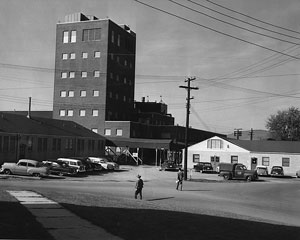 W
WBuilding 470 — also called the Pilot Plant, or sometimes “the Tower”, or “Anthrax Tower” — was a seven-story steel and brick building at Fort Detrick in Frederick, Maryland, United States, used in the small-scale production of biological warfare (BW) agents. The building, a Cold War era structure, was transferred from the Department of Defense to the National Cancer Institute-Frederick in 1988, to which it belonged until 2003 when it was demolished.
 W
WThe Deseret Test Center was a U.S. Army operated command in charge of testing chemical and biological weapons during the 1960s. Deseret was headquartered at Fort Douglas, Utah, a former U.S. Army base.
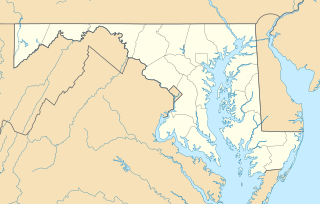 W
WFort Detrick is a United States Army Medical Command installation located in Frederick, Maryland. Historically, Fort Detrick was the center of the U.S. biological weapons program from 1943 to 1969. Since the discontinuation of that program, it has hosted most elements of the United States biological defense program.
 W
WDugway Proving Ground (DPG) is a U.S. Army facility established in 1942 to test biological and chemical weapons, located about 85 mi (137 km) southwest of Salt Lake City, Utah, United States, and 13 mi (21 km) south of the 2,624 sq mi (6,800 km2) Utah Test and Training Range forming the largest overland special use airspace in the United States.
 W
WThe U.S. Army Edgewood Chemical Biological Center (ECBC) is the United States’s principal research and development resource for non-medical chemical and biological (CB) defense. As a critical national asset in the CB defense community, ECBC supports all phases of the acquisition life-cycle ― from basic and applied research through technology development, engineering design, equipment evaluation, product support, sustainment, field operations and demilitarization ― to address its customers’ unique requirements.
 W
WThe Galveston National Laboratory (GNL) in Galveston, Texas, United States, is a high security National Biocontainment Laboratory housing several Biosafety level 4 research laboratories. The lab is run by the University of Texas Medical Branch (UTMB) for exotic disease diagnosis and research. The GNL is one of the 15 biosecurity level 4 facilities in the United States and the largest one in the world located on an academic campus.
 W
WGorodomlya Island is located on Lake Seliger in Tver Oblast, Russia, 300 kilometres (200 mi) northwest of Moscow. The closed urban-type settlement of Solnechny is located on the island.
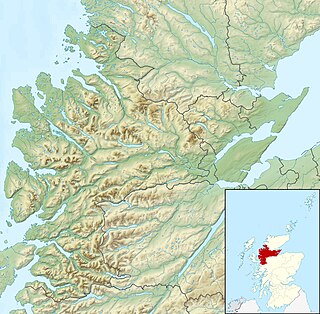 W
WGruinard Island is a small, oval-shaped Scottish island approximately 2 kilometres long by 1 km wide, located in Gruinard Bay, about halfway between Gairloch and Ullapool. At its closest point to the mainland it is about 1 km offshore. The island was dangerous for all mammals after experiments with the anthrax bacterium in 1942, until it was decontaminated in the late 20th century.
 W
WHorn Island Chemical Warfare Service Quarantine Station, also known as the Horn Island Testing Station, was a U.S. biological weapons testing site during World War II. It was located on Mississippi's Horn Island and opened in 1943. When the war ended, the facility was closed.
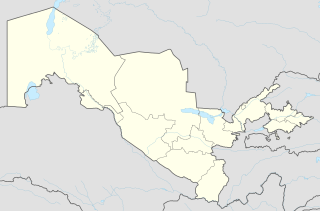 W
WKantubek is a ghost town on Vozrozhdeniya Island in the Aral Sea. The town is still found on maps but was abandoned in 1992 following the dissolution of the Soviet Union. It is currently uninhabited and lying in ruins. Kantubek used to have a population of approximately 1,500 and housed scientists and employees of the Soviet Union's top-secret Aralsk-7 biological weapons research and test site.
 W
WMobile weapons laboratories are bioreactors and other processing equipment to manufacture and process biological weapons that can be moved from location to location either by train or vehicle. No such labs have ever been proven to exist.
 W
WThe One-Million-Liter Test Sphere—also known as the Test Sphere, the Horton Test Sphere, the Cloud Study Chamber, Building 527, and the “Eight Ball” —is a decommissioned biological warfare (BW) chamber and testing facility located on Fort Detrick, Maryland, USA. It was constructed and utilized by the U.S. Army Biological Warfare Laboratories as part of its BW research program from 1951 to 1969. It is the largest aerobiology chamber ever constructed and was placed on the National Register of Historic Places in 1977.
 W
WPlum Island is an island in the town of Southold in Suffolk County, New York, in the United States. The island is situated in Gardiners Bay, east of Orient Point, off the eastern end of the North Fork coast of Long Island. It is about 3 miles (4.8 km) long and 1-mile (1.6 km) wide at its widest point.
 W
WPorton Down is a science park in Wiltshire, England, just northeast of the village of Porton, near Salisbury. It is home to two British government facilities: a site of the Ministry of Defence's Defence Science and Technology Laboratory (Dstl) – known for over 100 years as one of the UK's most secretive and controversial military research facilities, occupying 7,000 acres (2,800 ha) – and a site of Public Health England. It is also home to other private and commercial science organisations, and is expanding to attract other companies.
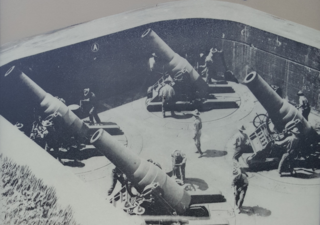 W
WFort Terry was a coastal fortification on Plum Island, a small island just off Orient Point, New York, United States. This strategic position afforded it a commanding view over the Atlantic entrance to the commercially vital Long Island Sound. It was established in 1897 and used intermittently through the end of World War II. In 1952, it became a military animal and biological warfare (BW) research facility, moving to civilian control in 1954 as the Plum Island Animal Disease Center. However, the biological warfare mission continued under civilian control until 1969, when the US ended offensive BW research. The island is now being considered for sale or conversion to a wildlife refuge.
 W
WUnit 100 was an Imperial Japanese Army facility called the Kwantung Army Warhorse Disease Prevention Shop that focused on the development of biological weapons during World War II. It was operated by the Kempeitai, the Japanese military police. Its headquarters was located in Mokotan, Manchukuo, a village just south of the city of Changchun. It had branches in Dairen and Hailar. The Hailar branch was later transferred to Foshan. Between 600 and 800 people worked at Unit 100.
 W
WUnit 731 , short for Manshu Detachment 731 and also known as Kamo Detachment, Ishii Unit,, was a covert biological and chemical warfare research and development unit of the Imperial Japanese Army that undertook lethal human experimentation during the Second Sino-Japanese War (1937–1945) of World War II. It was responsible for some of the most notorious war crimes carried out by Imperial Japan. Unit 731 was based at the Pingfang district of Harbin, the largest gas chamber in the Japanese puppet state of Manchukuo, and had active branch offices throughout China and Southeast Asia.
 W
WUnit 8604, also known as Detachment 8604, Detachment Nami or Detachment Nami 8604, was the Epidemic Prevention and Water Purification Department unit of the Japanese Southern China Area Army. It allegedly secretly researched biological warfare and other topics through human experimentation during the Second Sino-Japanese War (1937–1945) and World War II era. It was formed in Guangzhou in 1939, and headquartered at Sun Yat-sen University of Medical Sciences.
 W
WThe U.S. Army Biological Warfare Laboratories (USBWL) were a suite of research laboratories and pilot plant centers operating at Camp Detrick, Maryland, United States beginning in 1943 under the control of the U.S. Army Chemical Corps Research and Development Command. The USBWL undertook pioneering research and development into biocontainment, decontamination, gaseous sterilization, and agent production and purification for the U.S. offensive biological warfare program. The Laboratories and their projects were discontinued in 1969.
 W
WThe United States Army Medical Research Institute of Infectious Diseases is the U.S Army's main institution and facility for defensive research into countermeasures against biological warfare. It is located on Fort Detrick, Maryland and is a subordinate lab of the U.S. Army Medical Research and Development Command (USAMRDC), headquartered on the same installation.
 W
WVozrozhdeniya Island was an island in the Aral Sea. The former island's territory is split between Uzbekistan and Kazakhstan. In 1954, the Soviet Union constructed a biological weapons test site called Aralsk-7 there and on the neighbouring Komsomolskiy Island, which also no longer exists.